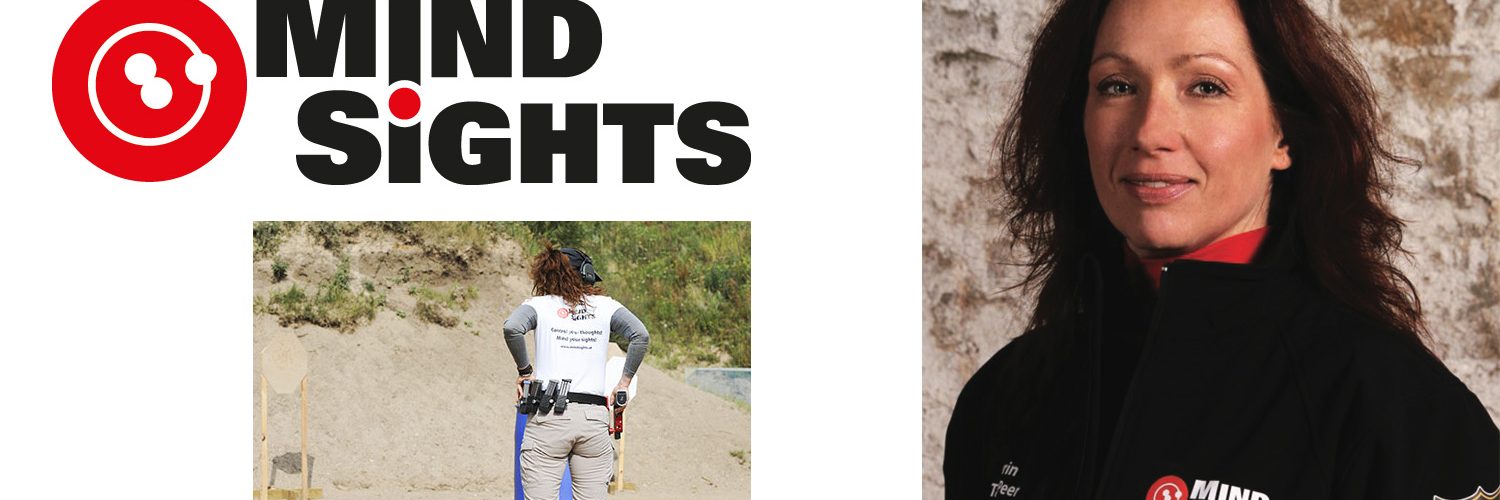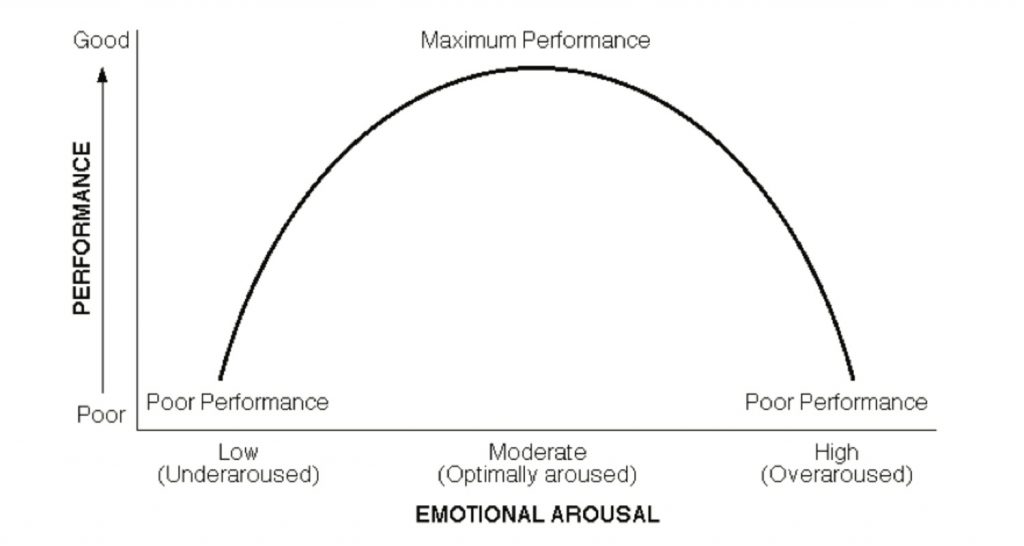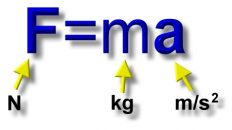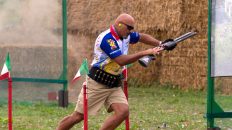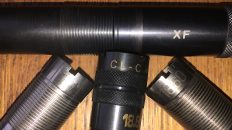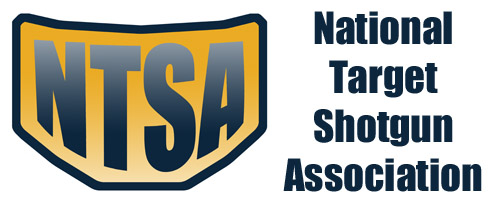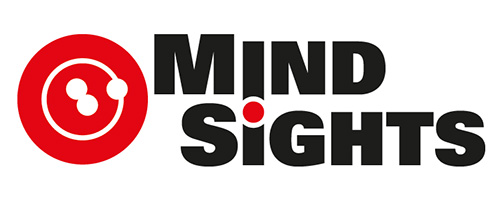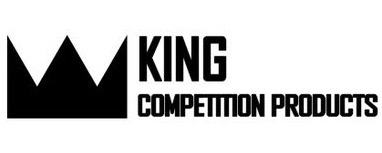Karin Tara Peer is well know on the international IPSC circuit, both for representing her country right up to World Championship level and for her work with the International Range Officers Association.
Karin has become very successful in competitive handgun shooting in a comparatively short timespan and, aside from dedication, training and raw talent, it seems that her understanding of the mental side of the sport is a key ingredient in this success. Karin runs MindSights, an Austrian based mental coaching company that specialises in sports performance and it will be no surprise that her passion for shooting means many of her clients are IPSC competitors.
Not content with mastering IPSC handgun in about half the time it takes most people Karin also shoots shotgun and is climbing her way to the top at that too! Here is some advice from Karin to help us with our match performance:
Within the field of shooting sports well known competitors and clients have shown, that mental training has become more and more important and that working with a mental coach can make the difference between winning or loosing.
The first thing people associate with “mental training” is: “Oh! It’s about stress and how I can handle it!” In fact it’s the first question the majority of shooters ask me.
At first it must be stated that stress per se is a good thing! It protects you from being eaten by a lion! Your body reacts with the typical “fight or flight” mode.
This stress response is intended to give you a burst of energy so you are able to fight off the lion or run away from him effectively.
During this reaction, certain hormones like adrenalin and cortisol are released, speeding the heart rate, slowing digestion, shunting blood flow to major muscle groups, and changing various other automatic nervous functions, giving the body a burst of energy and strength.
This actually does’t sound completely bad for IPSC shooting!
It would not be very helpful if you stand on the line, you wait for the start signal and you feel … totally relaxed!
So, your mental training is not about avoiding stress, but about finding the right arousal level for you to perform at your best! The “Yerkes – Dodson curve” shows very clearly how your arousal level influences your performance:
Shooters are mostly balancing on a line between arousal and anxiety during a match. And different shooters have different curves, mostly the curve moves right or left. To perform at your peak level, you first have to find out which is your optimum state of arousal. Poor performance can be caused by either being too aroused or not aroused enough.
The best solution to finding your balance would be for you to have a mental coach who does the measurement for you and guides you to balance your level for becoming the best shooter you can be. The measurement is mostly done by various biofeedback methods. For instance I use skin conductance measurement to illustrate stress response and to make the clients see how they are able to regulate their level.
There are also biofeedback devices available for home use but there is one piece of biofeedback equipment you always have with you: your neck! The “neck-barometer” is easy to use but you have to calibrate it in your mental training.
Find out your completely relaxed feeling in your neck and shoulder muscles and give this feeling a rate on a scale (e.g. 0 on a scale from 0 to 100). And then tense your shoulder girdle to the maximum and give this tension the other end of the scale. Then try to observe yourself as often as possible in different situations! Are your shoulders elevated and tensed or low and relaxed? How do you feel? Figure out the connection between your arousal level and your shoulder tense!
Well functioning self-observation is one of the most powerful tools you can use to become mentally tough.
So how can you regulate your arousal level? Of course it is not possible to replace an individual mental training plan created exactly for your special challenges and needs, but some basic tools are working for everyone:
Feeling too aroused will occur most likely during a match.
1) CONTROL YOUR BREATHING! This is the most important thing for mentally controlling your arousal level with direct impact to your heart rate!
There are dfferent techniques. Easy to use is every “breath- counting-method” like this one: breath in and count to four, hold your breath for another four and breath out counting to eight.
Concentrate on counting and on the move of your abdomen while breathing.
2) STAY IN THE PRESENT! Concentrate on what exactly you feel, hear, smell and see in this very moment. This helps you bringing your focus to the process of each shot with your undivided attention. Staying in the process means focusing on your preparing routine, visualizing, and feeling your rhythm and tempo.
Sometimes you feel not aroused enough. Your first aid tools for this:
1) PEP – TALK to your self like “come on! Let’s go” or even better find your own “battle cry” that motivates you the most.
2) Use some TRIVIAL TECHNIQUES like jumping, shadowboxing, breathing very fast in and out.
Try also to incorporate a higher arousal level into your training. Otherwise your training-mode will always be different to your match-mode!
A shooting instructor once told me, he switches on two radios with different channels in the back of his students to increase the stress level during training sessions. You can also record match noises and play them during your training.
Or include a small competition against yourself or among your training partners in every training session.
Whatever you do, always keep in mind: Stress is not your enemy while shooting, it ́s the springboard to your success! The better you know how to control your arousal level the better your performance will be!

